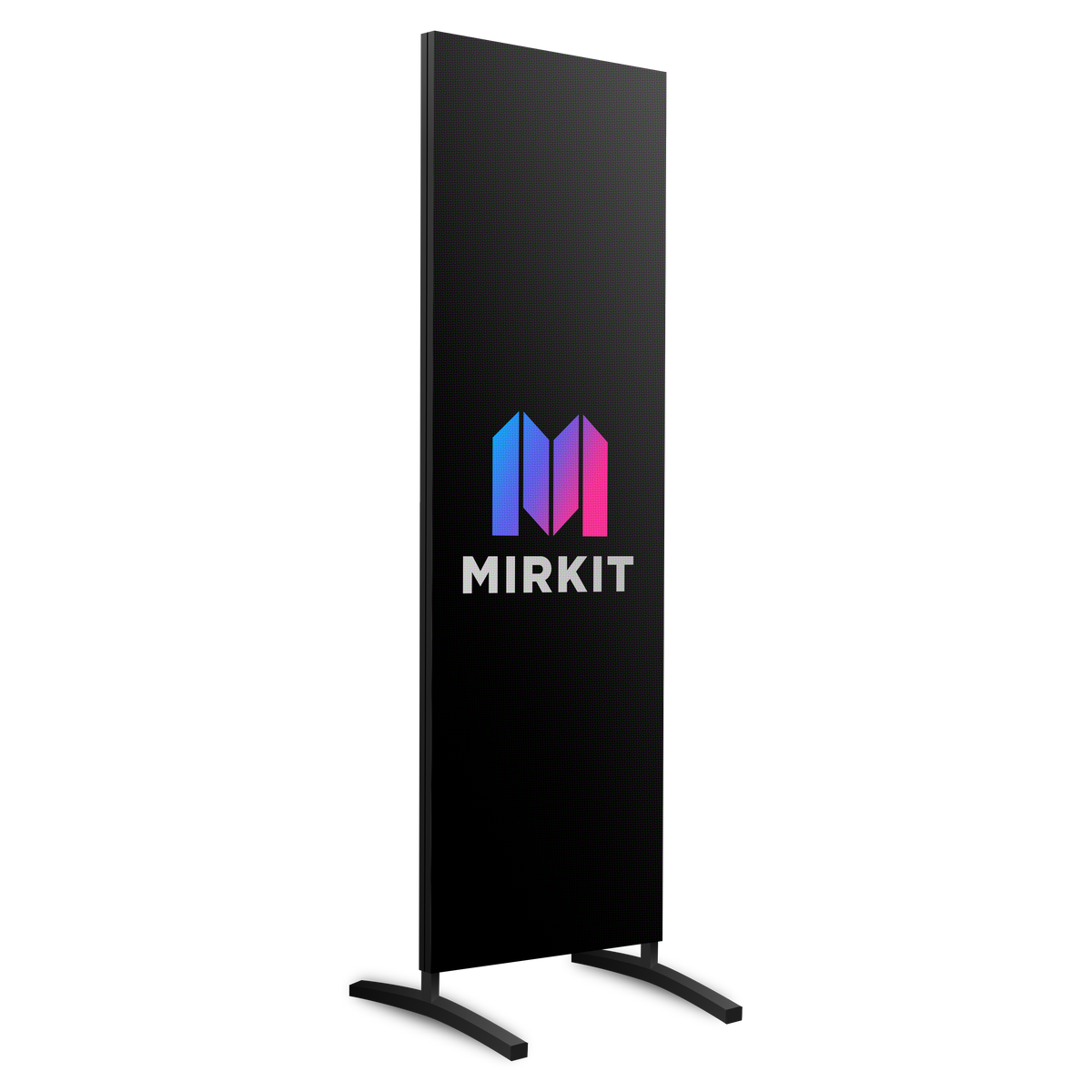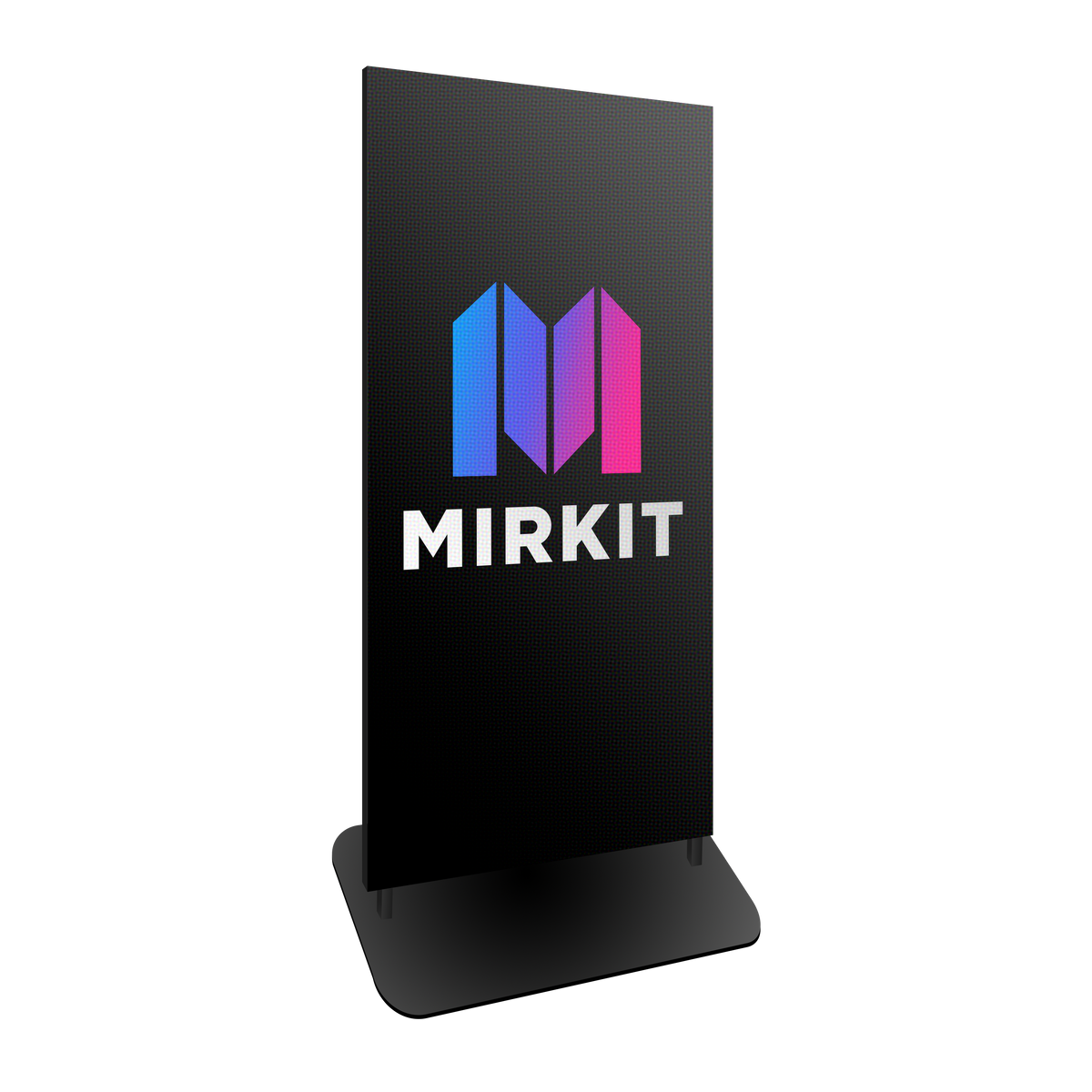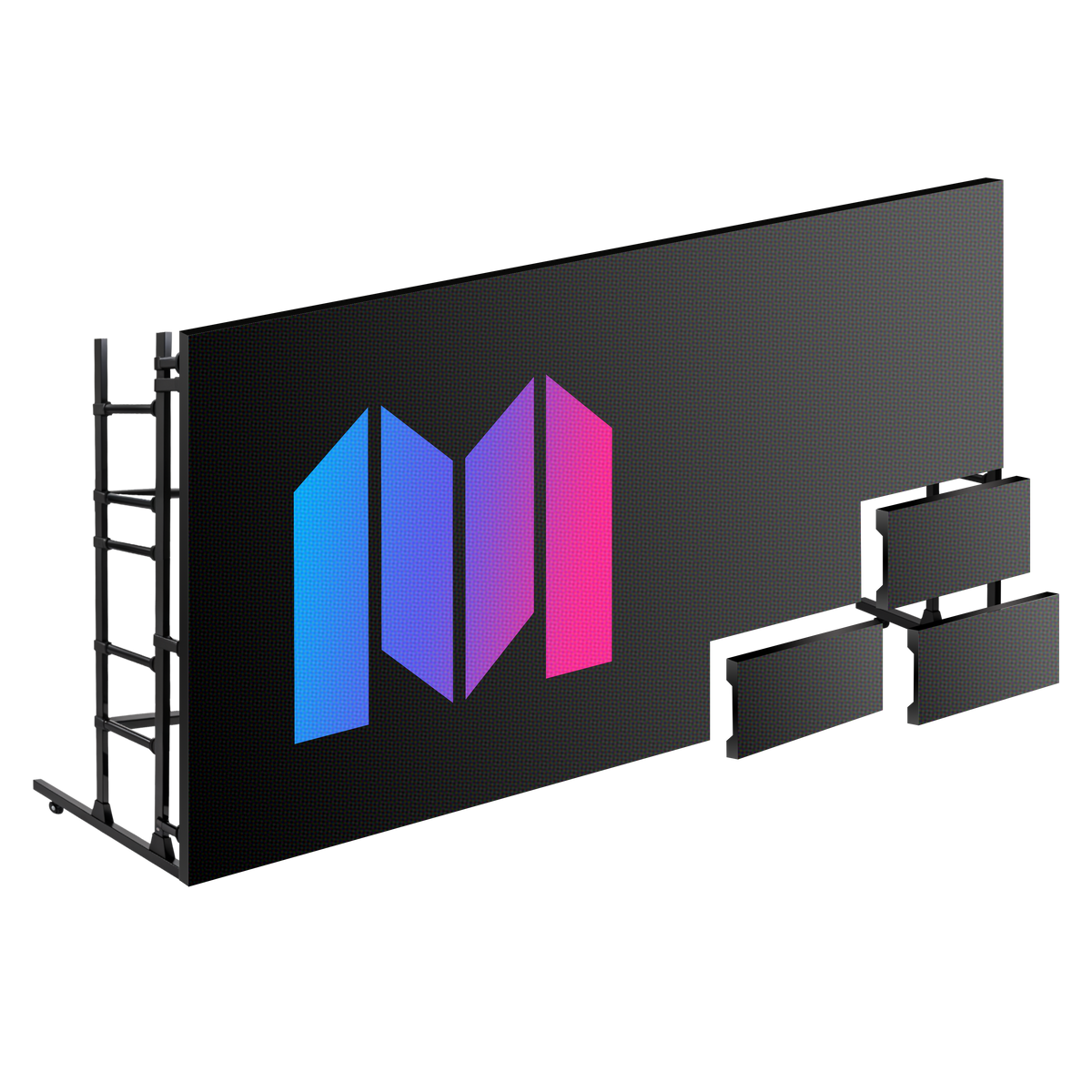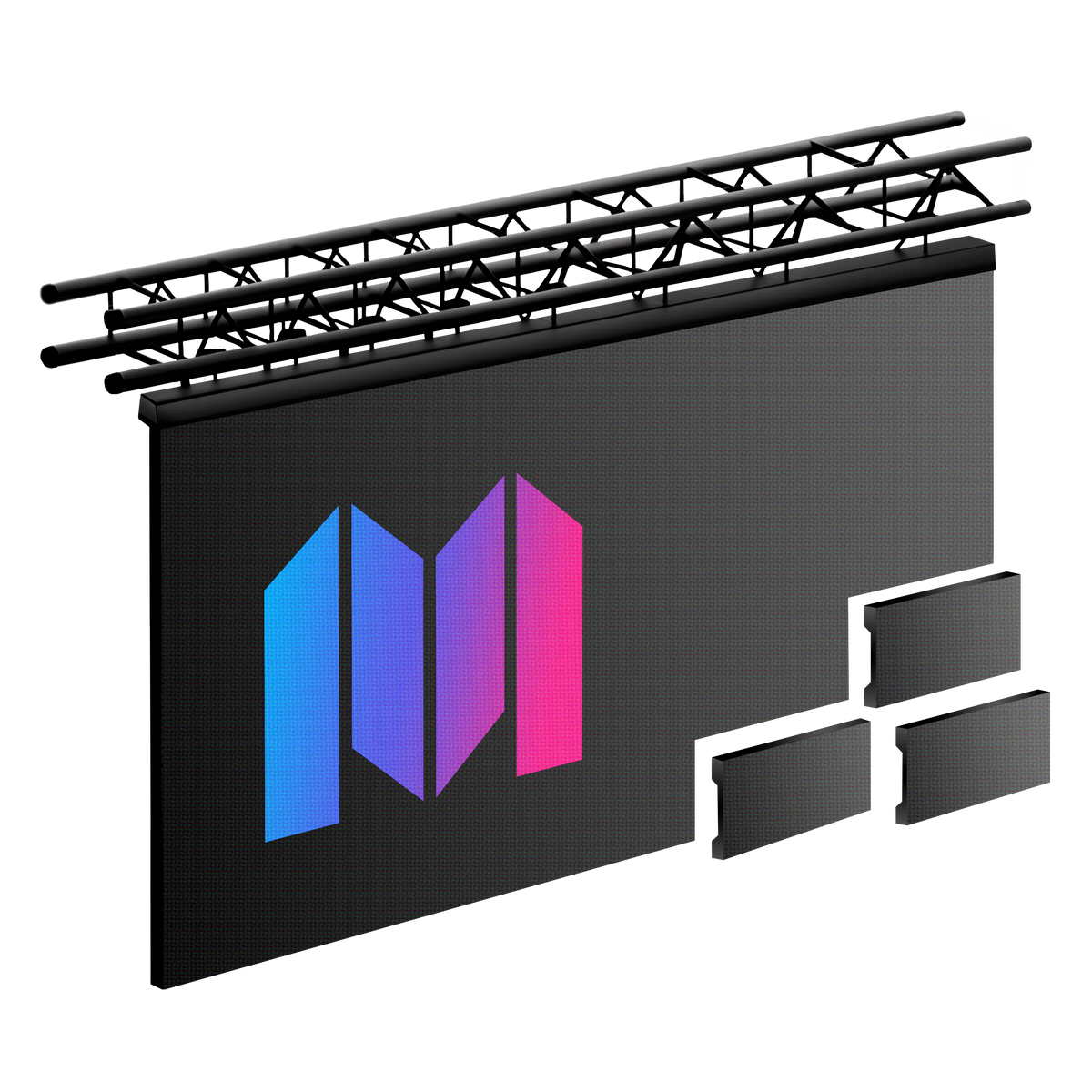Content management on LED displays is transforming the way businesses deliver their messages. Data shows that an LED display can be updated in real time and personalized for each audience, something that simply wasn't possible with traditional media. Yet, it's not the technological aspect that's most surprising. The real shock comes from the power of interactivity and personalization: an LED display can display different content depending on the time, audience, or event, making each communication completely unique .
Table of Contents
- What is LED display content management?
- Why is LED display content management important?
- How does content management work on LED displays?
- Key concepts of content management on LED displays
- Practical applications of content management on LED displays
Quick Summary
| Awareness | Explanation |
|---|---|
| Dynamic content management | Allows you to instantly change information on LED screens. |
| Real-time personalization | Messages can be adapted according to the audience and the environment. |
| Increased visual engagement | Dynamic content captures viewers' attention more. |
| Reduction of communication costs | By avoiding printed materials, businesses reduce their expenses. |
| Possibilities of interactivity | Viewers can interact with the content, transforming the passively watched experience into active engagement. |
What is LED display content management?
LED display content management is a strategic and technical process for controlling, scheduling, and delivering dynamic content on professional LED displays. This technology is transforming visual communication by offering unprecedented flexibility and interactivity for businesses looking to convey information quickly and effectively.
Definition and fundamental principles
An LED display content management system allows users to create, schedule, and distribute visual content on digital screens. Unlike traditional static displays, these systems allow for instant modification of the displayed information. Key features include:
- Dynamic content programming
- Multi-screen synchronization
- Real-time remote update
- Centralized display management
According to a technical study on display technologies , these systems enable efficient conversion of digital information into dynamic visual content.
Professional applications
Companies use LED display content management in a variety of areas, including advertising, internal communications, digital signage, customer information, and marketing. These solutions offer advanced customization options to meet the specific needs of each industry.
The main objective remains to facilitate the transmission of clear, attractive, and immediately understandable information to the target audience. LED technology allows for optimal readability, even in complex lighting environments, ensuring effective and impactful communication.
Here is a table that compares traditional communication media and LED display content management to better understand the fundamental differences.
| Support | Update possibilities | Personalization | Interactivity | Cost reduction |
|---|---|---|---|---|
| Traditional (printed) media | Slow/one-off changes | Limited | Almost non-existent | Weak |
| LED display | Instant real-time update | Advanced Public Orientation | Forte | High |
Why is LED display content management important?
LED display content management meets a growing need for businesses to communicate dynamically, flexibly, and immediately. In a business environment where audience attention is increasingly difficult to capture, these systems are becoming an essential strategic tool for standing out.
Impact on visual communication
LED displays enable fast and customizable information transmission, far beyond traditional media.
Responsiveness is becoming the key word in this new communication approach. Companies can now adapt their message in real time, based on specific criteria such as the time of day, target audience, or specific events.
Key benefits include:
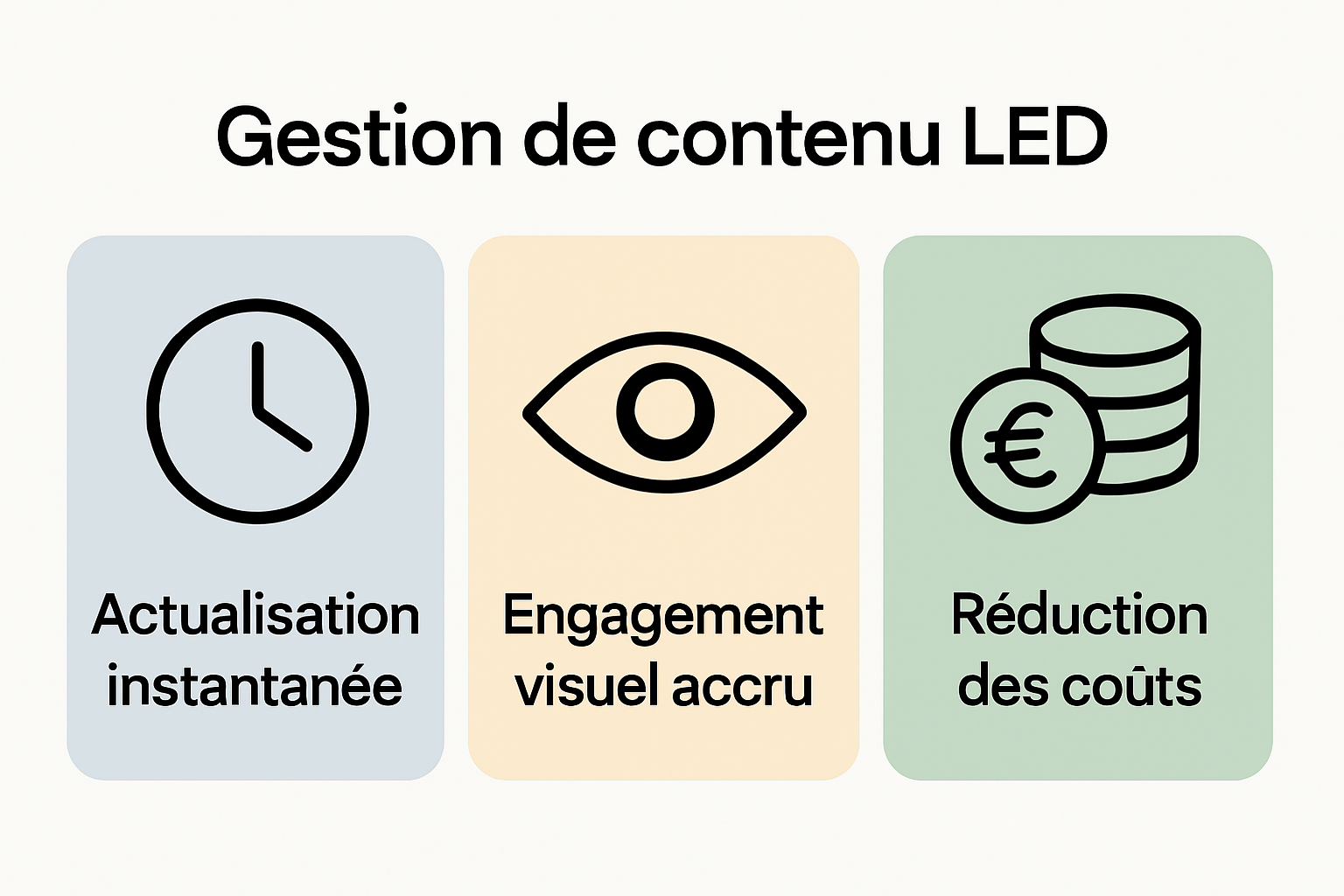
- Instant content adaptation
- Increased visual engagement
- Reduction of communication costs
- Accurate measurement of message impact
According to an analysis of digital display technologies , these systems represent a revolution in modern visual communication.
Strategic opportunities for businesses
LED display content management offers much more than just a communication tool. Our professional solutions allow businesses to transform their spaces into truly interactive platforms. Whether in a commercial, event, or institutional context, these technologies help create immersive and memorable visual experiences.
The ultimate goal is to generate deeper interaction with the audience by offering dynamic content that captures attention and stimulates engagement. LED screens thus become true storytelling and strategic communication tools.
How does content management work on LED displays?
LED display content management relies on a complex technological ecosystem that combines sophisticated software, high-performance hardware, and advanced connectivity solutions. This system enables the seamless and dynamic transmission of visual information.
The table below summarizes the main technical components of an LED display content management system and their role in the overall system.
| Main component | Role in the system |
|---|---|
| Central Content Server | Manages media scheduling and storage |
| Programming interfaces | Allows creation and modification of content |
| Network connection systems | Ensure smooth data transmission |
| Display control modules | Control the broadcast on the different screens |
Technical architecture of systems
The technical infrastructure of an LED content management system includes several essential components. The core of the system is centralized management software that coordinates all operations. This software allows you to schedule, control, and synchronize content across one or more screens, offering users complete flexibility.
The main components include:
- Central Content Server
- Programming interfaces
- Network connection systems
- Display control modules
According to a technical analysis on digital technologies , these systems allow dynamic and personalized management of content.
Transmission and dissemination process
The process of broadcasting content on LED displays follows a precise technological sequence. Media files are first encoded and then transmitted via secure network protocols to the displays. Our professional solutions enable instant transmission and real-time updates.
Data typically travels over Ethernet, Wi-Fi, or 4G connections, ensuring maximum responsiveness. The system continuously monitors transmission quality, ensuring optimal content delivery to each connected screen. LED technology delivers exceptional visual quality, with resolutions and brightness levels adaptable to any environment.
Key concepts of content management on LED displays
LED display content management is based on fundamental principles that are transforming modern visual communication. These concepts enable businesses to create interactive and dynamic experiences that go far beyond the capabilities of traditional communication media.
Personalization and flexibility
Personalization is becoming the driving force behind these display systems. Companies can now instantly adapt their message based on multiple contextual parameters. A single screen can thus broadcast different content depending on the time of day, the type of audience present, or specific events.
Key aspects of customization include:
- Dynamic content segmentation
- Real-time adaptation
- Precise audience targeting
- Contextual interaction
According to an analysis of digital display technologies, these systems represent a revolution in visual communication.
Interactivity and engagement
Modern LED screens are no longer simply passive media. Our innovative solutions enable the creation of truly interactive experiences. Viewers can now interact directly with content, transforming communication into a two-way interaction.
The goal is to generate maximum engagement by offering dynamic, personalized, and instantly engaging content. LED technology offers exceptional visual quality that instantly captures attention, making each message more impactful and memorable.
Practical applications of content management on LED displays
LED content management applications transcend traditional sectors, offering innovative solutions for effective communication in diverse business and public environments. This technology is revolutionizing the way organizations visually interact with their audiences.
Sales and Marketing Sectors
Marketing communication strategies find a powerful and dynamic tool in LED displays. Companies can now instantly adapt their advertising messages, create interactive campaigns, and measure their impact in real time.
Main applications include:
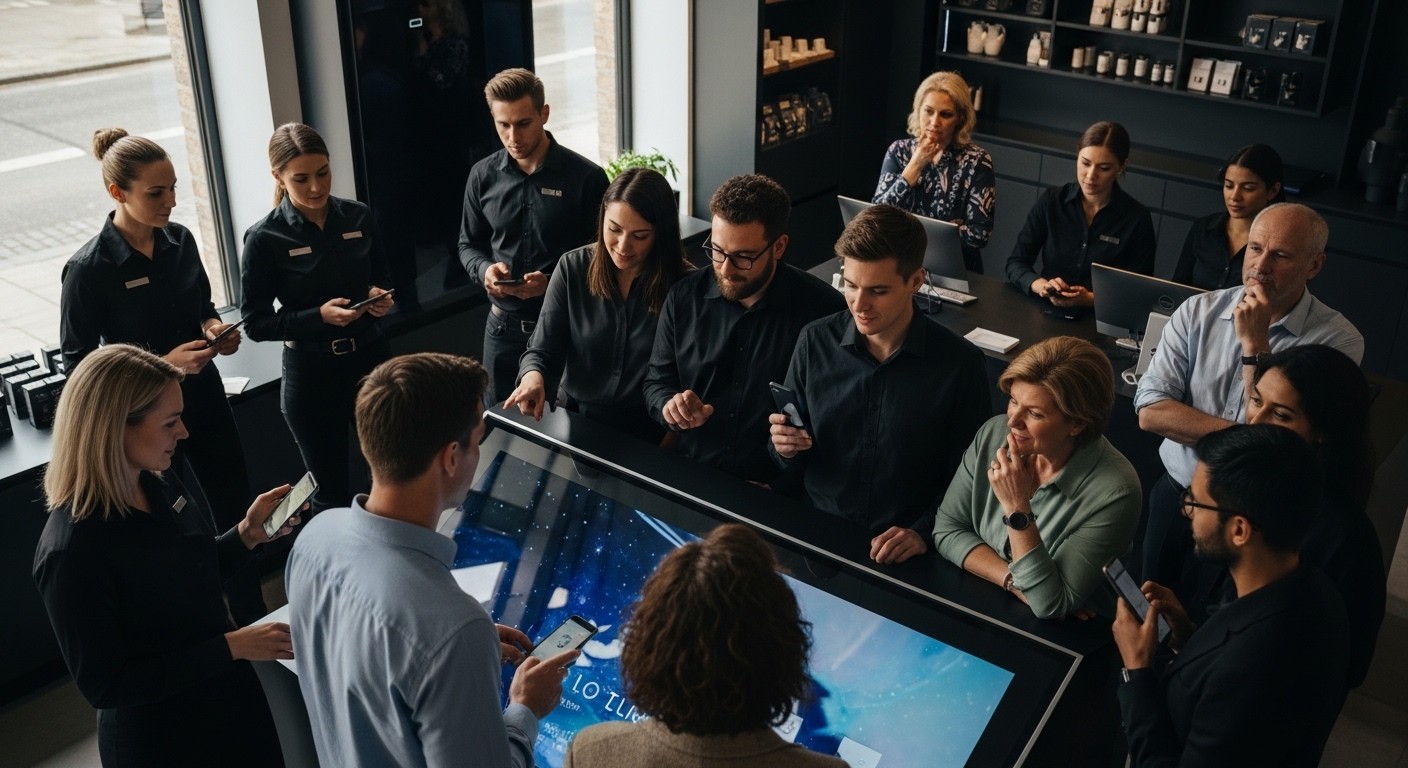
- Contextual advertising
- Dynamic in-store promotions
- Event communication
- Business information tables
According to an analysis of digital display technologies, these systems are radically transforming visual communication.
Institutional and public domains
Our professional display solutions enable institutions and public spaces to communicate effectively. In airports, hospitals, universities, and communities, LED screens provide up-to-date and accessible information.
The main objective is to facilitate the transmission of crucial information in a clear, immediate, and adaptable manner. LED technology makes it possible to manage complex information flows while ensuring optimal readability, regardless of the environment or broadcast context.
Transform your LED content management with a tailor-made professional solution
Do you want to effectively control your visual communication, modify your content remotely, and display dynamic messages to capture attention? Managing content on LED displays requires a reliable, responsive, and easily customizable system. Too often, businesses encounter screens that are difficult to control, outdated messages, or communication that lacks impact.
Discover the difference with our LED screen rental service : benefit from high-performance equipment and technologies adapted to your specific needs. Each installation offers you the benefit of our expert advice for a tailor-made integration in stores, events, or public spaces.
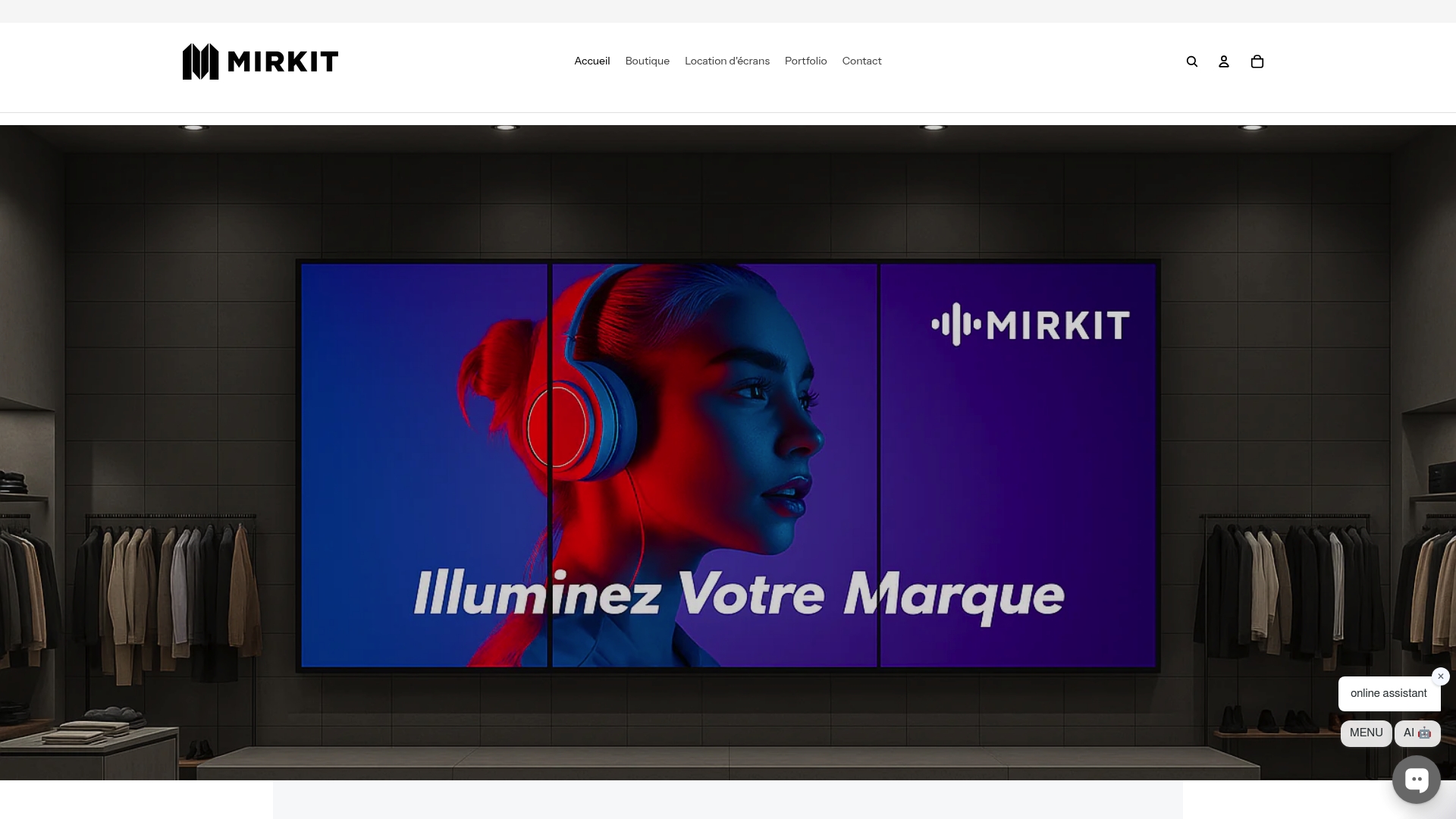
Don't wait for your visual communication to lose its effectiveness. Access the power of digital signage now with our professional LED walls or explore our entire universe at mirkit.fr . Make every message instantly visible and memorable. Contact us for a tailor-made project and take action today.
Frequently Asked Questions
What is LED display content management?
LED display content management is a process for controlling, scheduling and delivering dynamic content on LED displays, providing flexibility and interactivity for visual communications.
What are the benefits of LED display content management for businesses?
Key benefits include instant content adaptation, increased visual engagement, reduced communication costs, and the ability to measure message impact in real time.
How does a content management system work on LED displays?
An LED content management system relies on centralized software that coordinates the programming, control, and synchronization of content across multiple displays, using network connections to ensure smooth and dynamic delivery.
What are the practical applications of content management on LED displays?
Applications are varied and include dynamic advertising, event communication, signage in public spaces and information management in institutional environments such as airports and universities.
